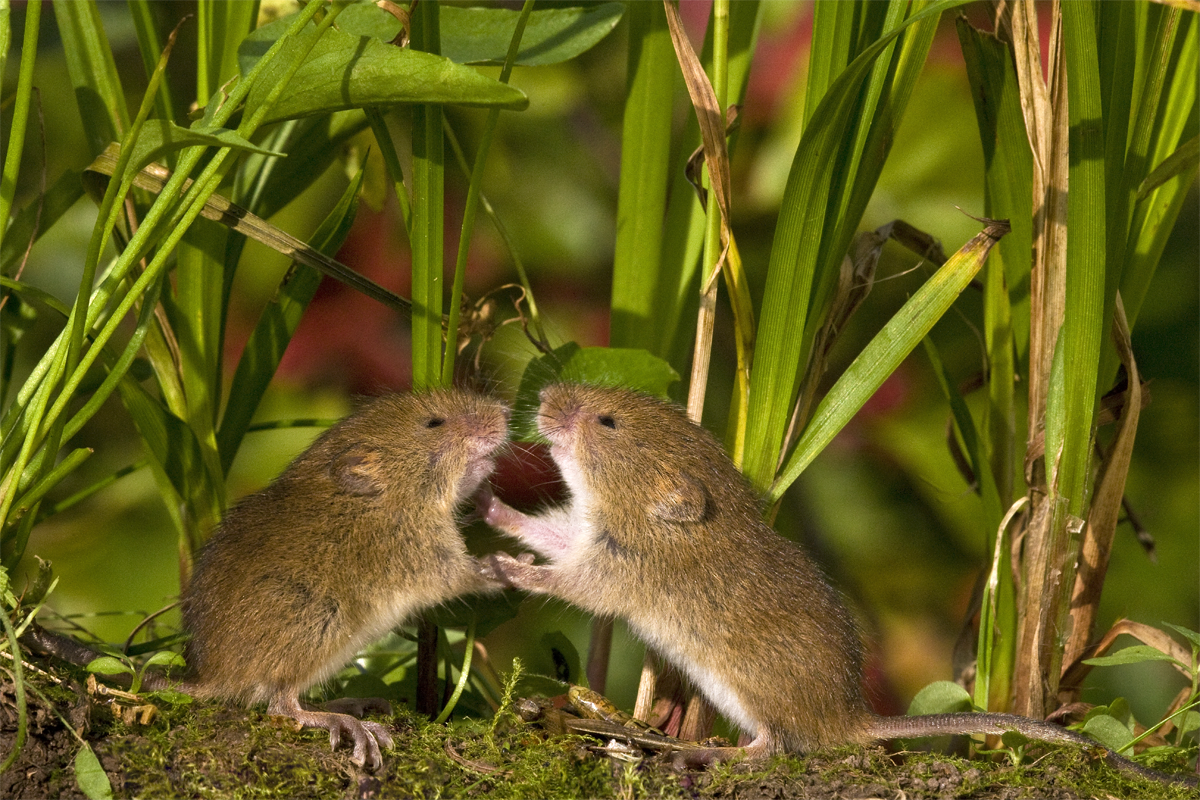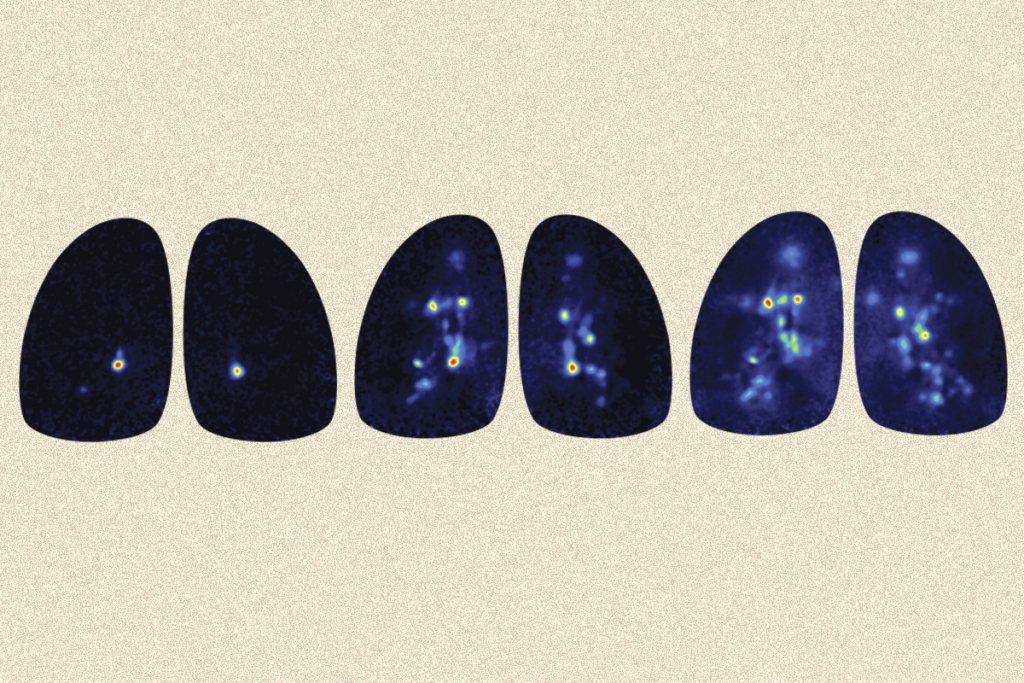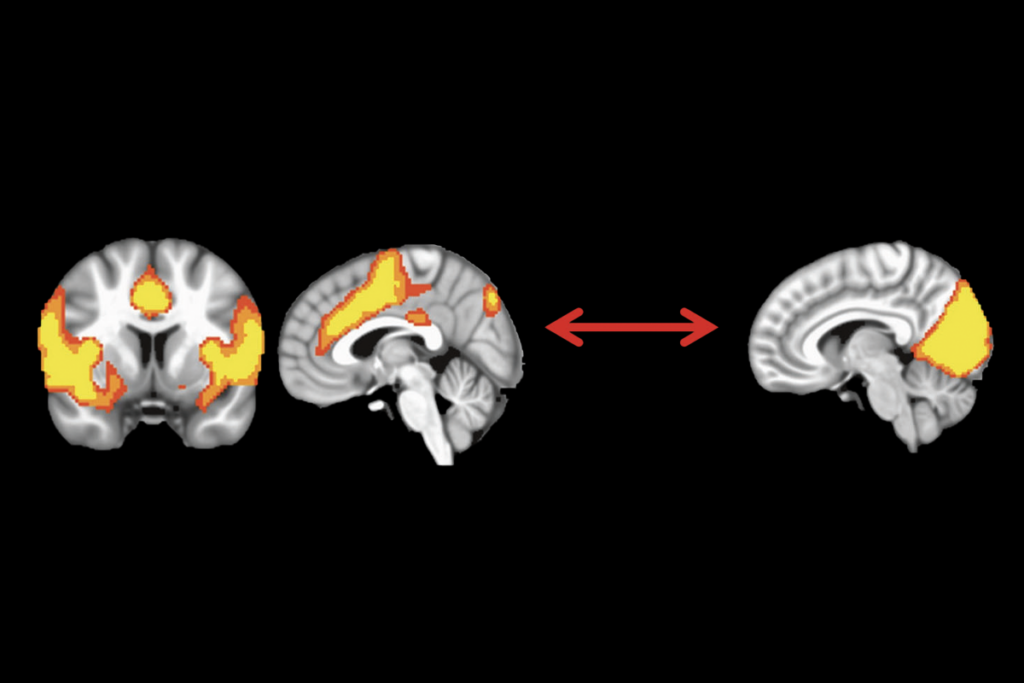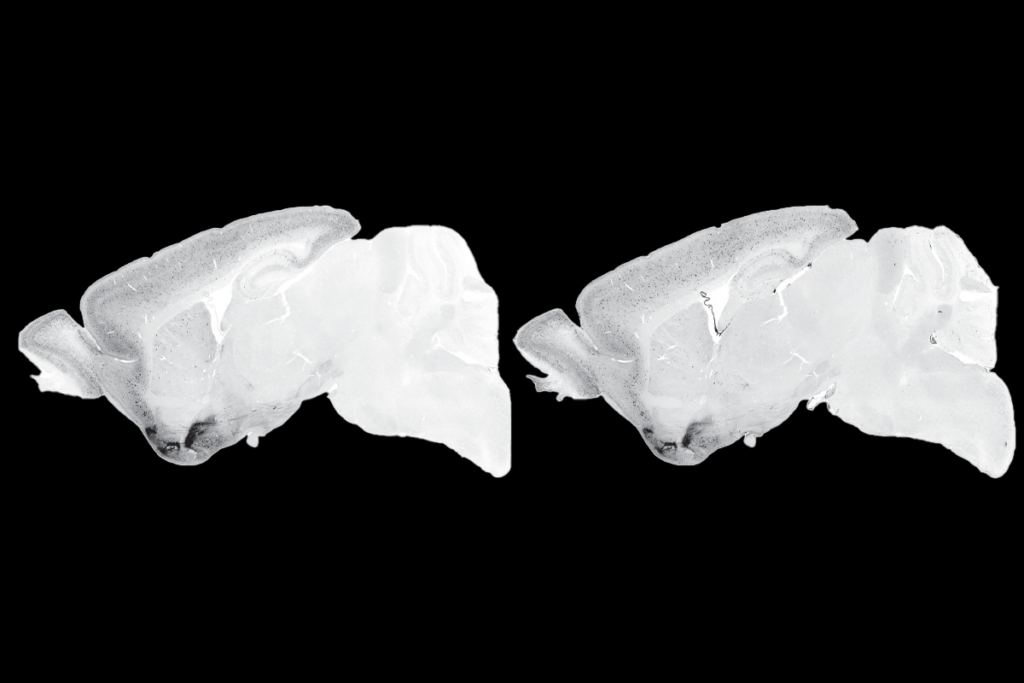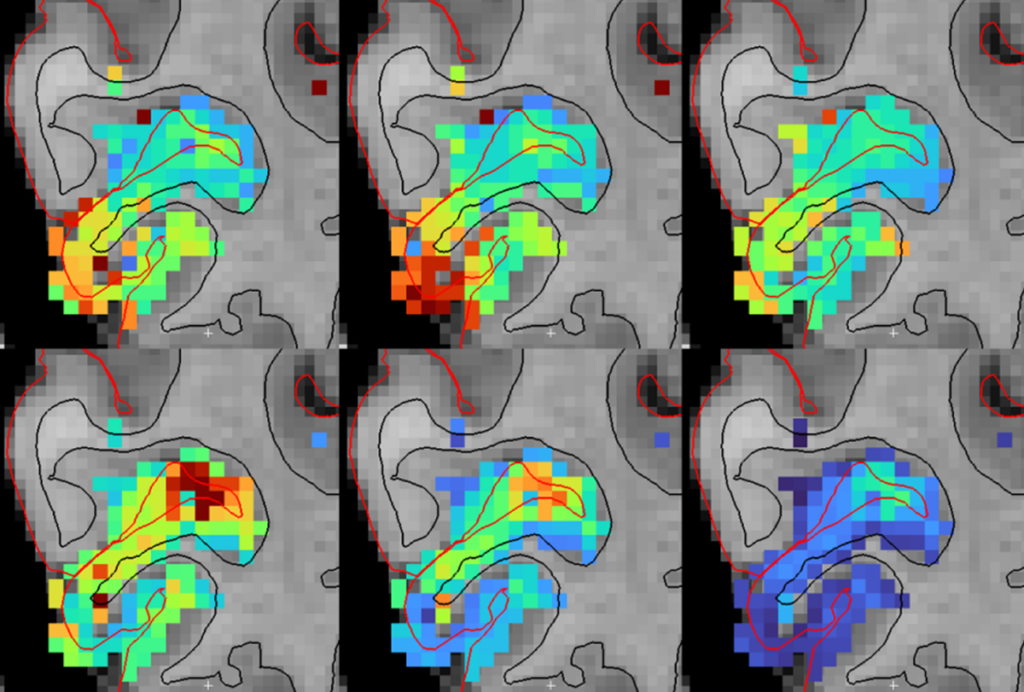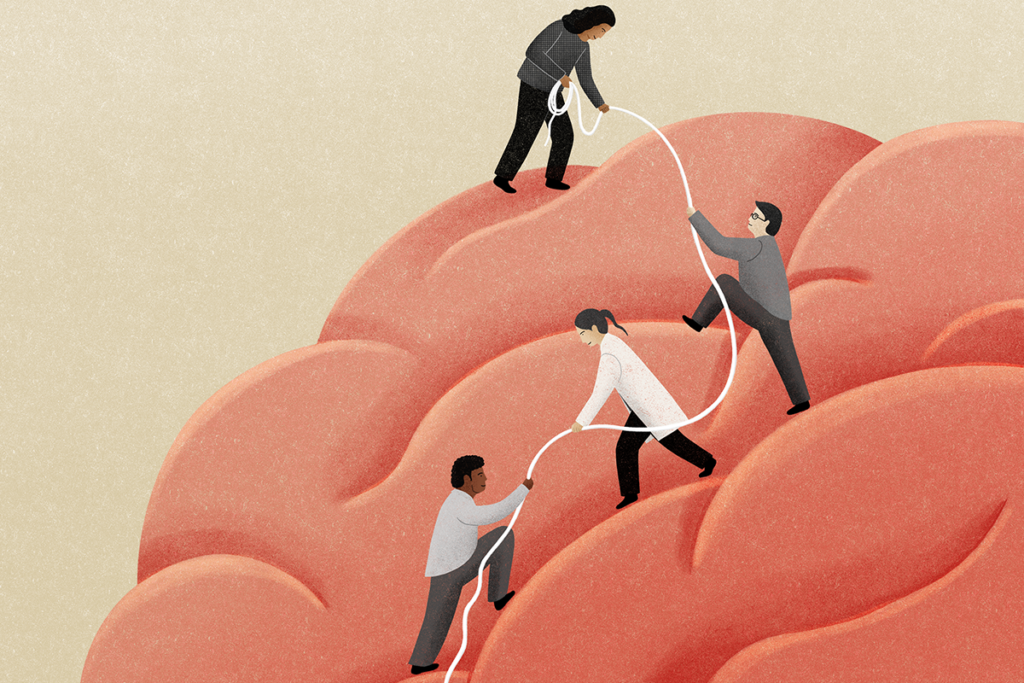Success tends to breed success. For instance, when a mouse dominates its opponents over and over, it becomes increasingly aggressive—helping to ensure victory in future fights. This “winner effect” takes hold thanks to multiple changes in synaptic plasticity, according to new findings published today in Cell.
The results begin to reveal the mechanisms behind various forms of aggression seen in animals, says Jacob Nordman, assistant professor of molecular and integrative physiology at Southern Illinois University, who was not involved in the work. “There’s some aggression that is defensive; there’s some aggression that is pathological; there’s some aggression that’s territorial,” he says. “There might be a set of behaviors and, in turn, a set of circuits and possibly plasticity within those circuits, that speak to that.”
Innate aggression is controlled by the ventromedial hypothalamus (VMH)—also known as the “attack” center—which shapes an animal’s social behaviors and fear response. But aggression can be learned, too. When paired with a mouse that is naturally docile, a more dominant mouse will eventually attack the other—and if it prevails, it tends to pick even longer fights with rivals over the coming days, thanks to synapse strengthening and increased activity in the VMH, a 2020 study reported.
Full-blown and more generalized aggression emerges after even longer winning streaks, and it involves additional mechanisms, the new study suggests: Changes to neuronal excitability and dendritic spine morphology help cement the animal’s hawkishness.
“Aggression is malleable—you can shape it,” says Scott Russo, professor of neuroscience at the Icahn School of Medicine at Mount Sinai, who was not involved with the study. “It’s not something that’s defined only by genetics, but that actually these circuits that support aggressive social behavior can change as a consequence of experience.”
T
he new work began eight years ago with a puzzle. Dayu Lin, professor of psychiatry at New York University, had been studying the mechanisms underlying the winner effect, but unlike in the 2020 work, which reported spontaneous excitatory synaptic transmission in the hypothalamus of the triumphant mice, she and her team saw no such change. “We need to reconcile this mystery,” she remembers thinking.Among pairs of mice that faced off for 1, 5 or 10 consecutive days, those that won the most attacked their opponents faster and for longer periods each day, Lin and her colleagues discovered. And this bully behavior became generalized and stable: Unlike the other mice, the 10-day victors attacked unfamiliar opponents faster than they did familiar ones, and they did not shed their combativeness after a week of isolation. In other words, aggression “becomes a trait of the animal,” Lin says.
VMH cells in one- and five-day winners showed an increase in dendritic spines compared with those in naïve mice, Lin and her colleagues report in the new work. And five-day winners had strengthened projections from the posterior amygdala and increased spontaneous synaptic transmission, the researchers found, replicating the previous study.
But in 10-day champions, spine density and spontaneous synaptic transmission had returned to levels seen in naïve mice. The animals did, however, retain a higher number of mushroom dendritic spines, which have a larger surface area and can accommodate more neurotransmitter receptors than typical dendritic spines can.
These changes in spontaneous activity resulted from a transient increase in local connections within the VMH that disappeared as the animals continued to succeed, the team found using patch-clamp recording. The mushrooms spines may help provide a more stable way to maintain the strength of the connections after more wins—a shift in the synaptic plasticity mechanisms from the early to later stages of the winning phenomenon, which matches up with the timing of the behavior, Lin says.
T
he initial potentiation triggers the later synaptic changes, further experiments showed. Co-activating the VMH and the posterior amygdala via optogenetics, thereby mimicking the circuit’s activation after a victory, transiently increased synaptic spines, strengthened the connections between the two regions and increased aggressive behaviors. On the flip side, inactivating the VMH-amygdala circuit blocked the winning-associated cascade of synaptic changes, such as the formation of the mushroom dendritic spines, the team found.It is not entirely surprising that this circuit contributes to learned aggression, Nordman says. But what is “novel is the idea that these circuits can change over time, and that they may actually explain the increase or the sensitization of aggression over time.”
Synaptic plasticity is typically a short-lived phenomenon that can last anywhere from hours to a day, he adds. “But if [a behavior is] going to last for these prolonged periods—days, weeks at a time—it’s going to require a type of plasticity that’s a little more stable, long-lasting, and the structural changes would support that.”
These different synaptic changes could reflect the animal’s skills and survival potential and thus explain why repeat winning leads to stable increased aggression, Lin says. If a mouse prevails once, maybe they got lucky, she says. “If they don’t win again, then that increase [in aggression] is transient. But if the animal wins over and over and over again, then that really says this animal has a very good fighting ability,” which encourages them to engage in more of this behavior.
Testosterone did not increase when Lin’s team strengthened the connections that lead to increased aggression, a finding that is at odds with the challenge hypothesis, which posits that testosterone is the main driver of aggression. Rather, Lin says she suspects that testosterone might be involved in behaviors unrelated to aggression, such as exploring unfamiliar or potentially dangerous environments.
Although the experiment was performed in male mice, Russo points out it would be interesting to study these pathways in female mice, particularly since these exhibit different patterns of aggression. Future studies could address how modulators, such as dopamine, can influence this, he says.
